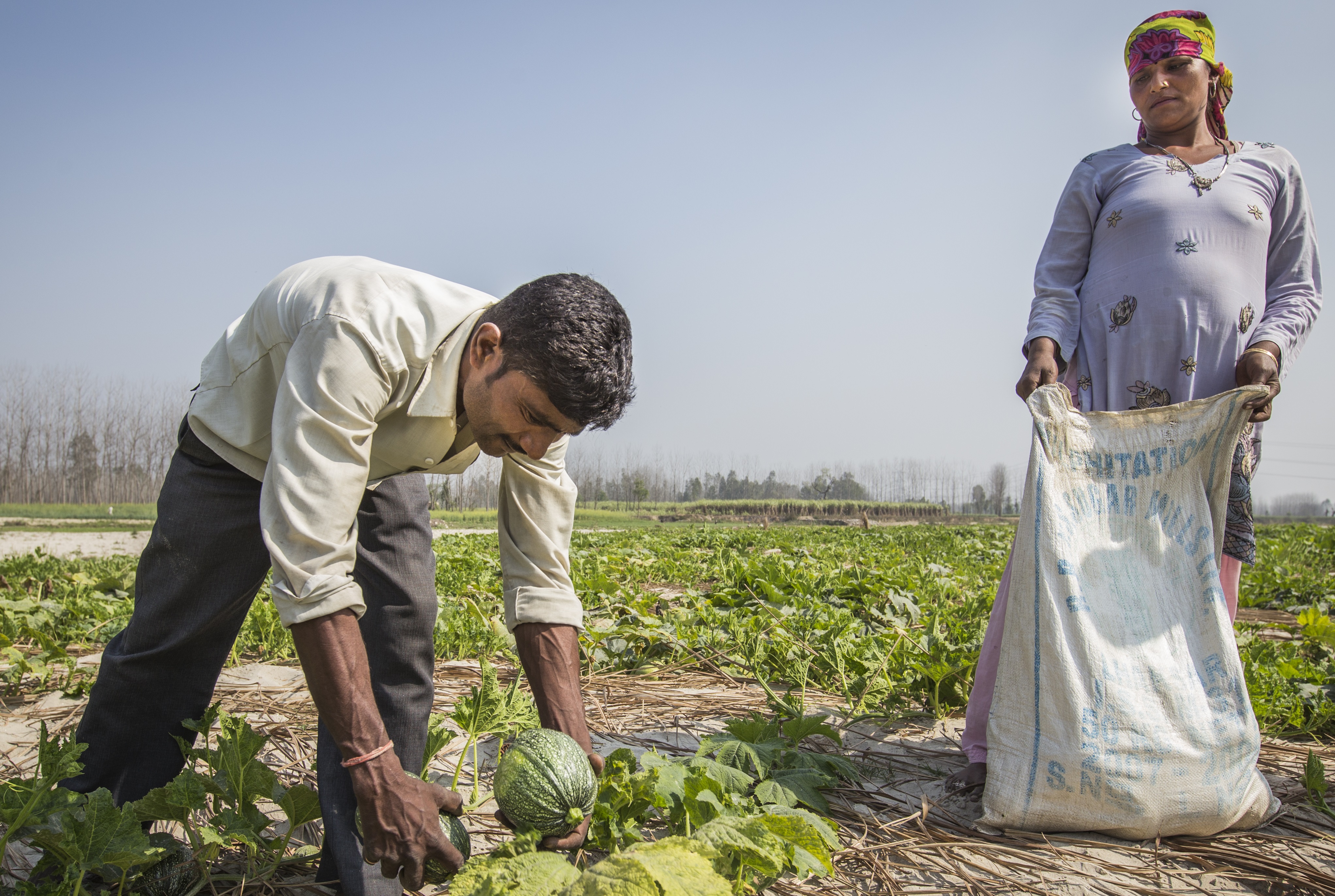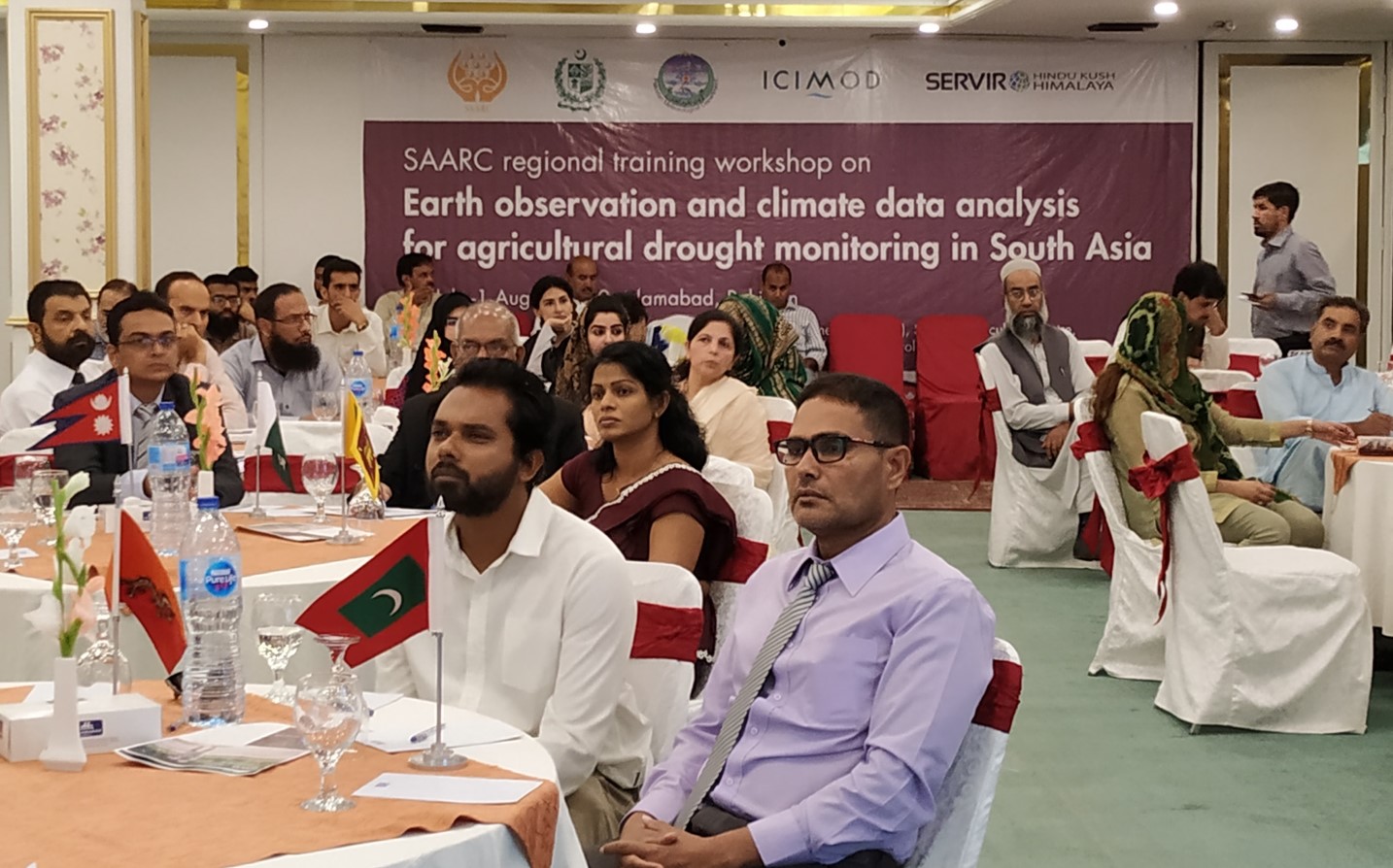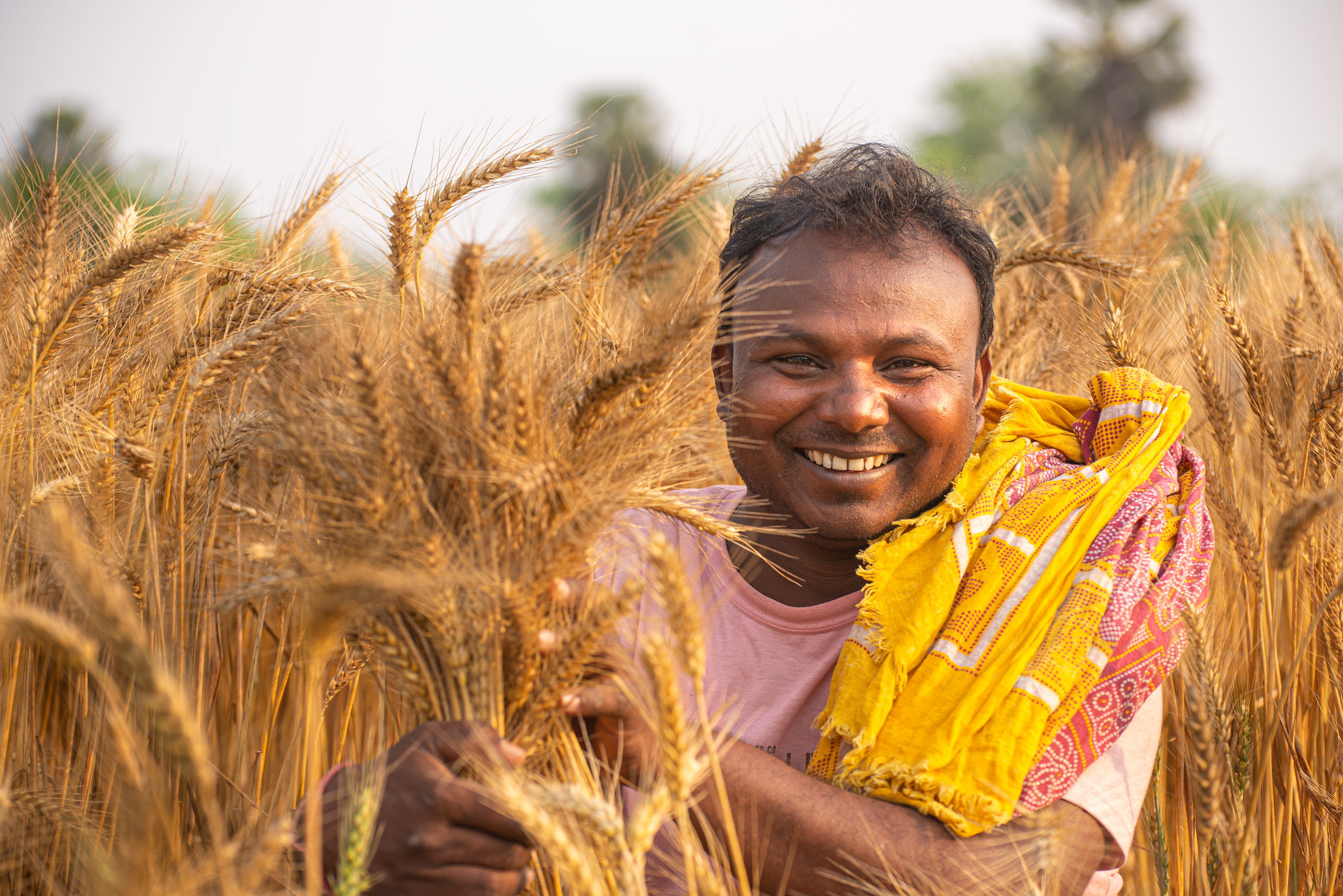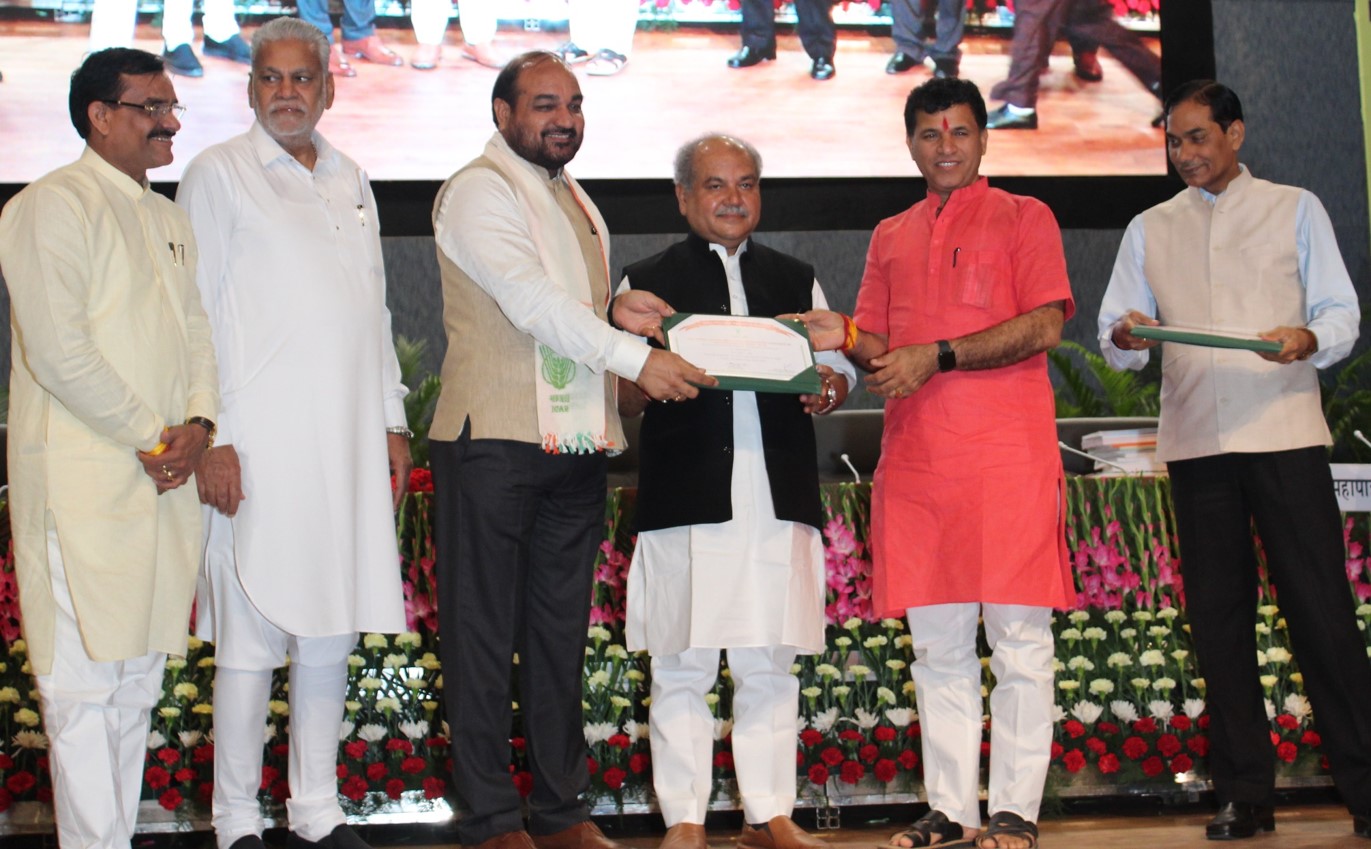
To mitigate the food security and economic risks of South Asia’s frequent and intense droughts, scientists and policymakers from the South Asian Association for Regional Cooperation (SAARC), the International Centre for Integrated Mountain Development (ICIMOD) and the International Maize and Wheat Improvement Center (CIMMYT) recently joined forces to launch an innovative decision support and agricultural planning system that combines remote sensing and climate data analysis for drought monitoring and early warning.
The Regional Drought Monitoring and Outlook System application was unveiled during a workshop to train experts and policymakers in its use at relevant regional and national institutes in Islamabad, Pakistan, from July 29 to August 1, 2019. The Regional Drought Monitoring and Outlook System is the product of an ICIMOD-CIMMYT partnership through the United States Agency for International Development (USAID) and the National Aeronautics and Space Administration (NASA) supported SERVIR Hindu Kush Himalaya (HKH) programme, in collaboration with Climate Service for Resilient Development (CSRD), led by ICIMOD and CIMMYT, respectively.
“Commonly associated with epic flooding, particularly in the enormous breadbasket region known as the Indo-Gangetic Plains that extends across Pakistan, India, southern Nepal, and Bangladesh, the region also faces droughts driven by rising temperatures and erratic rainfall and which threaten crops, food security, and livelihoods,” said Faisal Mueen Qamer, Remote Sensing Specialist of ICIMOD, which helped develop the system and organize the workshop.
“We expect the system to foster resilience in South Asian agriculture, while supporting future institutional frameworks and policies for farm compensation and adaptation, through decision makers’ access to timely and action-oriented information,” Qamar explained.
With a growing population of 1.6 billion people, South Asia hosts 40% of the world’s poor and malnourished on just 2.4% of its land. A 2010 study found a linear drop of 7.5% in rainfall in South Asia from 1900 to 2005.
“Shrinking glaciers, water scarcity, rising sea levels, shifting monsoon patterns, and heat waves place considerable stress on South Asian countries, whose primary employment sector remains agriculture,” said Mohammad Faisal, Director General for South Asia at Pakistan’s Ministry of Foreign Affairs, during the workshop opening.
Media reports in early 2019 documented displacement and hunger from Pakistan’s worst drought in years.

Raising awareness about drought and its mitigation
Twenty-three participants from six South Asia countries plus five expert instructors attended the workshop, which offered presentations and hands-on training on a suite of applications and associated data analysis tools, including the South Asian Land Data Assimilation System (SALDAS), the Regional Drought Explorer, and the National Drought Early Warning System.
Muhammad Azeem Khan, Member of the Food Security & Climate Change at the Planning Commission of Pakistan, said the scale of present and future climate challenges is clearly evident.
“In Pakistan, we regularly see parts of the country in the grip of severe drought, while others have flash floods,” Khan commented during the workshop closing, while commending its organizers. “Frequent drought diminishes agricultural production and food security, especially for people in rural areas. Effectively managing the impacts of climate change requires a response that builds and sustains South Asia’s social, economic, and environmental resilience, as well as our emergency response capacity.”
Through CSRD, a global partnership that connects climate and environmental science with data streams to generate decision support tools and training for decision-makers in developing countries, CIMMYT helped extend the Regional Drought Monitoring and Outlook System to Bangladesh, from its original coverage of Afghanistan, Nepal, and Pakistan.
“Translating complex climate information into easy-to-understand and actionable formats is core to CSRD’s mission and helps spread awareness about climate challenges,” said Tim Krupnik, CIMMYT cropping systems agronomist based in Bangladesh. “This consortium provides strength and technical expertise to develop relevant climate products, including decision-support information for farmers and other stakeholders, thus fostering resilience to climate-related risks.”

 Climate adaptation and mitigation
Climate adaptation and mitigation 

